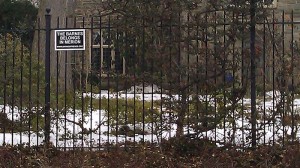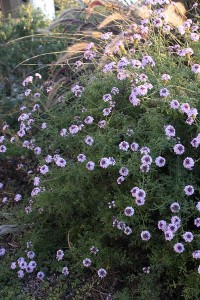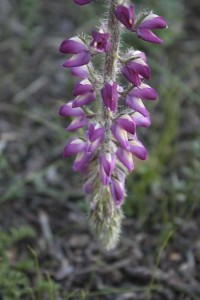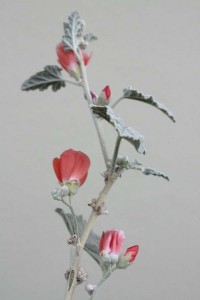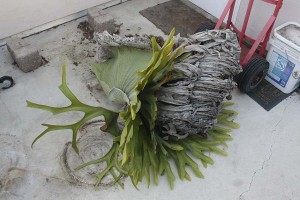After having lived without a cellphone for the last two centuries I finally took the leap. Not only did I get a cellphone, I got a smart phone. The iPhones have been all the rage for a while, but I ended up selecting an HTC MyTouch serviced by T-Mobile.
As someone who’s a bit of a Luddite and who’s loudly protested cellphones and cellphone culture, I’m almost ashamed to admit owning the device. Still, something about the combination of a device that is part-phone, part-camera, part-wireless router, part-web browser, part-music player, part-camcorder, part-GPS unit, part-nanny, part-godknowswhatelse seemed compelling.
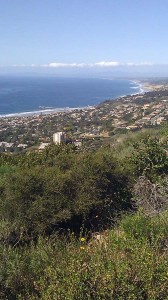
Last week a good friend came to visit for a few days. A tourist trip up to the top of Mount Soledad, the high point of coastal San Diego, seemed like a good idea. Thursday was a break between winter storms, which meant that the visibility could be pretty stunning.
Yes indeed. The views were terrific. Also, a lot of native plants surrounding the little pad of green grass and parking at the top of the mountain were breaking out into bloom.
Did someone say “photo-op?”
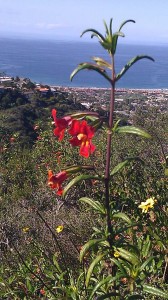
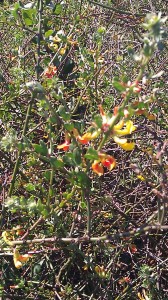
Since I didn’t have my real camera this seemed like a good test for the camera feature on the new handheld device. (Really, can you call it a phone anymore?)
Here’s a short stack of snapshots I took up there. And yes, I consider them snapshots, only snapshots.
I’m used to cameras with lots of controls. For controls, this model has a moderate zoom option and the ability to turn the flash on or off or on automatic. That’s it for options. So, it does make for a simple-to-use camera, but it’s simple to the point of being simplistic.
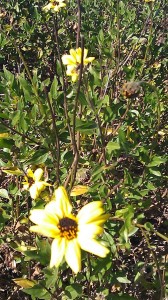
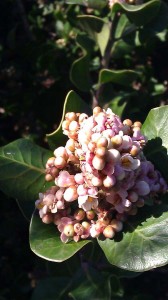
Achieving good focus or getting an exposure that doesn’t overexpose something in the frame can be a challenge. These are limitations for lots of point and shoot cameras, so I don’t know that it’s any worse than some of them. Lens flare when you shoot into the sun can be a problem, but that happens with even the best of cameras.
The phone designers probably realized that the camera would be liable to shake as you took a snapshot. To compensate they applied a fairly extreme level of in-camera sharpening. For some images it’s barely noticeable, in others it’s so obvious it hurts.
So as not to seem like I’m a total Mr. Negative, there were a few things I did like. The wide 9:16 aspect ratio of the image–similar to the current generation of televisions–is kinduv cool and cinematic. The 2:3 aspect ratio of old-school 35mm cameras is harder to work with and often feels unnatural.

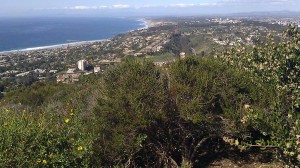

Colors looked pretty true to life.
And in the end there’s the much better chance that you’ll have the cellphone camera handy when you’ve left the dedicated camera at home. You may never miss another photo op again.
So…has life changed with a cellphone? I can’t say that it has that much. It was handy to have when I was trying to navigate Philadelphia a couple weeks ago. It’s handy to keep in touch with people when you’re away from the landline. And I guess I feel just a little bit more hip. Like, now, when people talk about angry birds, I realize chances are that they’re most likely talking about the app and not what happens when you disturb a nest.










